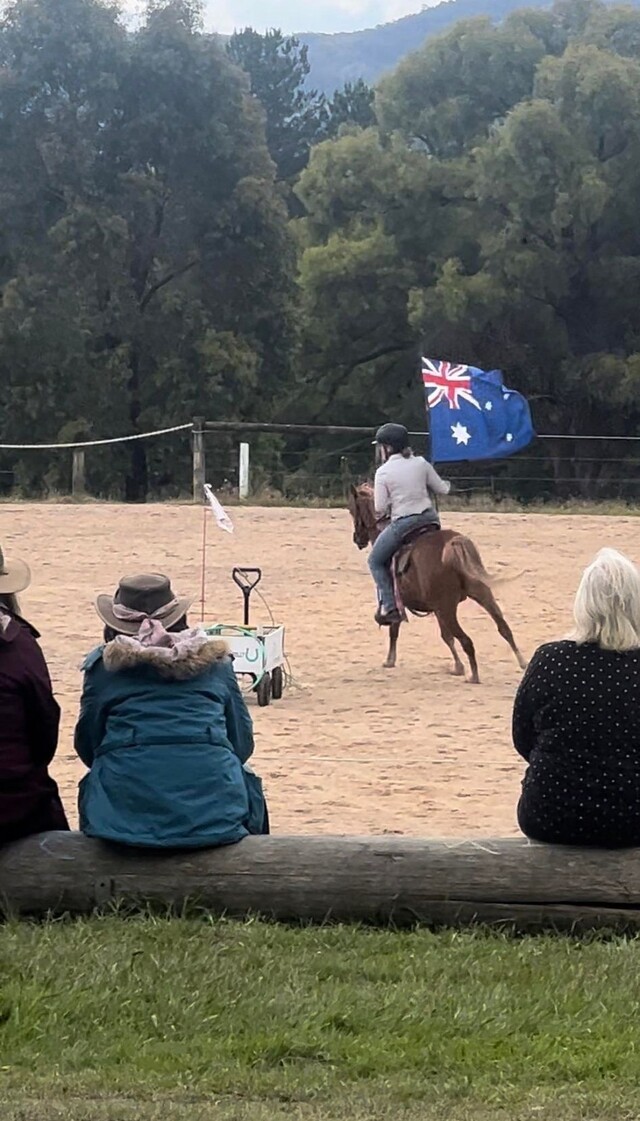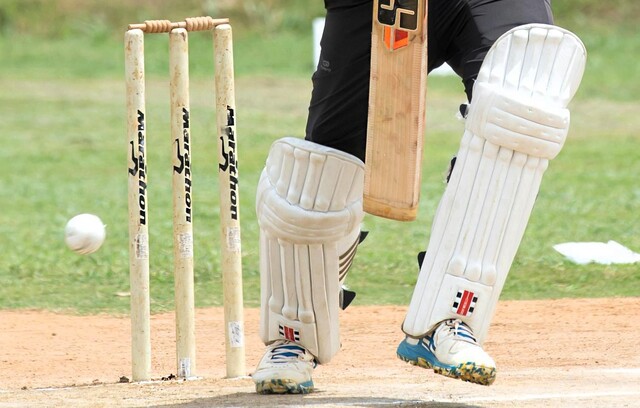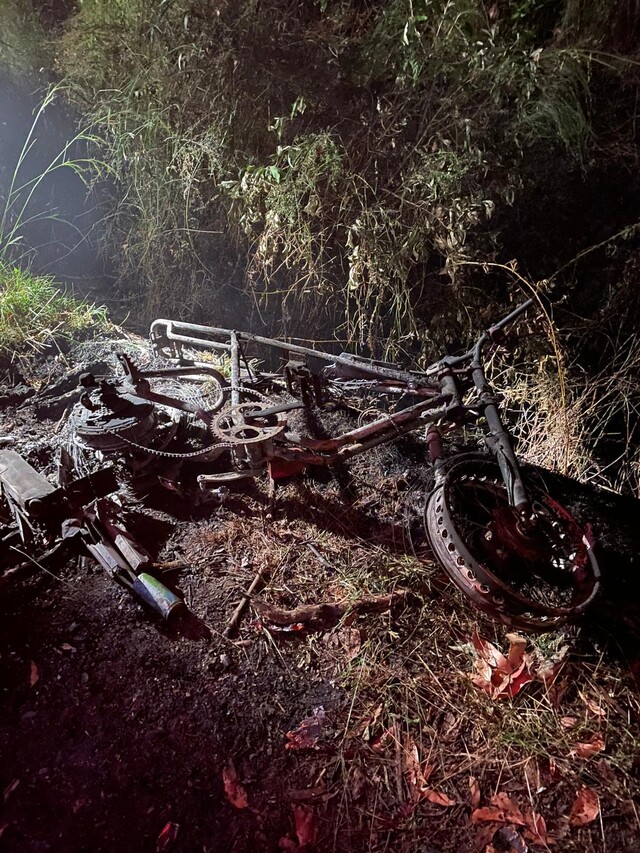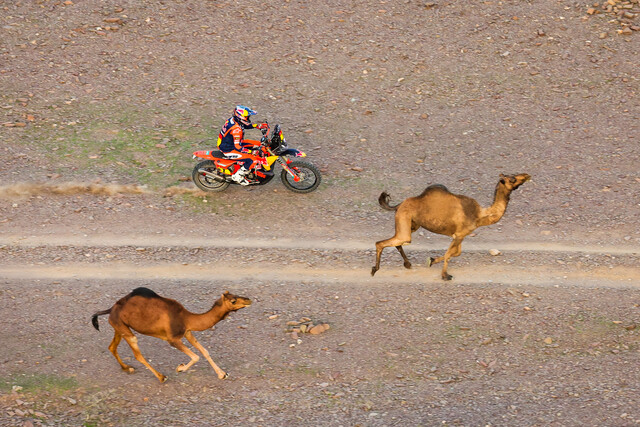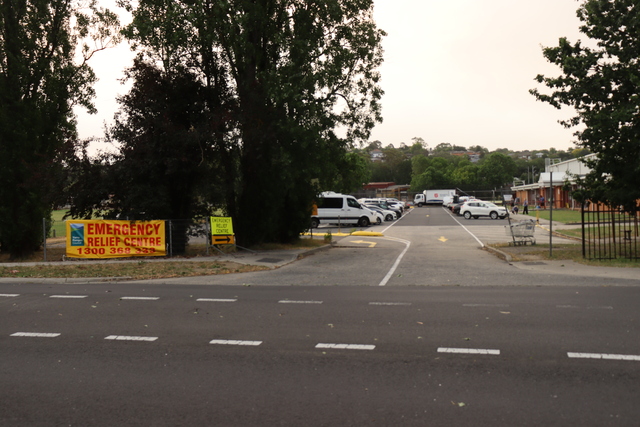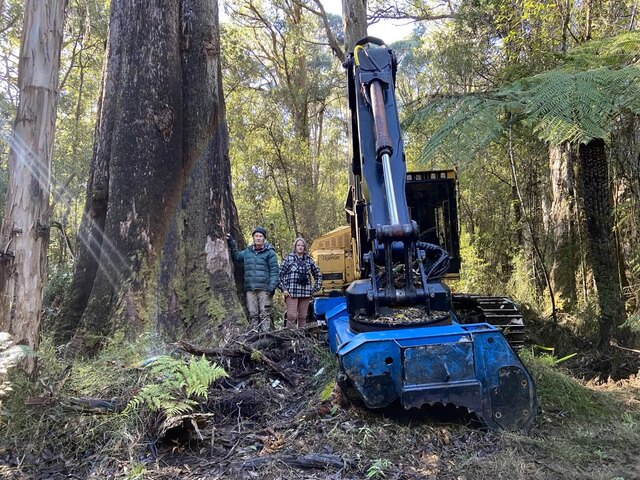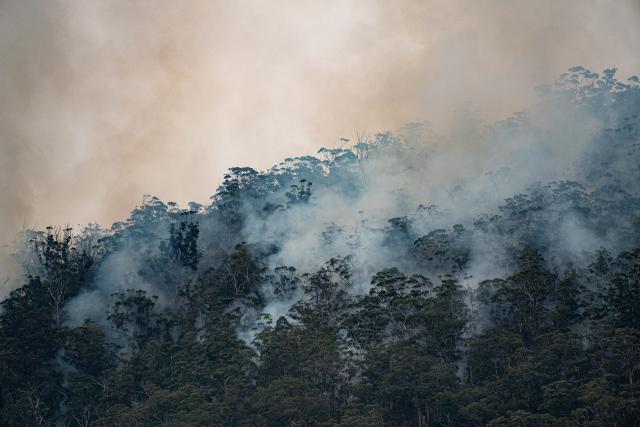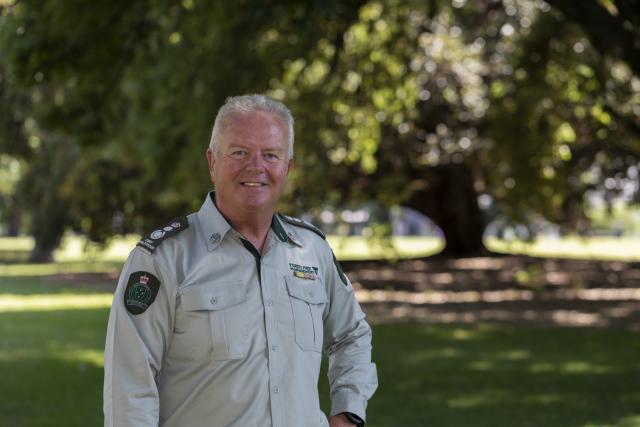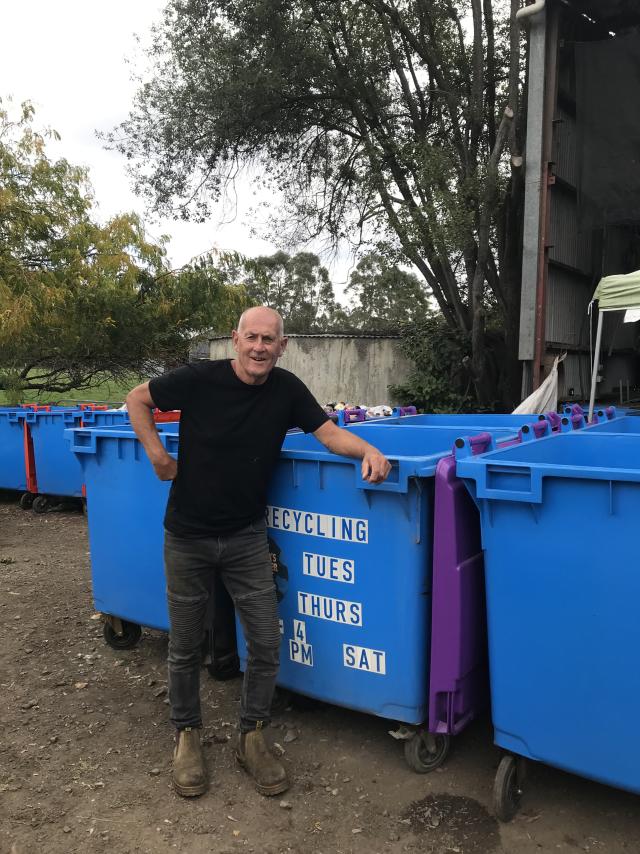By Kath Gannaway
THE State Government’s ‘10/30’ Right clear vegetation plan announced last week has been met with a mixed reaction with some hailing the changes as long overdue, and others fearing a massive clearing frenzy.
Environment Minister Gavin Jennings said the simplification of rules on vegetation removal would empower landowners to make their own decisions about preparing their property for the fire season.
Landowners will now be allowed to clear trees within 10 metres of a house and ground fuel within 30 metres, without a shire permit.
Landowners will also be allowed to clear all vegetation, including trees, for a combined maximum of four metres either side of a boundary fence, with their neighbour’s permission.
Shire of Yarra Ranges, widely criticised after the February fires for what some see as a too tough stand on vegetation removal, has warned however that the “one-fits-all” approach under the new rules could lead to widespread destruction of many of the state’s most iconic areas and important natural habitat and say it has the potential of increase neighbourhood conflict.
While acknowledging the government’s decision to increase the focus on public safety in the lead-up to the bushfire season, Yarra Ranges mayor Len Cox last week urged the government to reconsider the interim 10/30 decision saying some areas of unique environmental values and state significance required a more sophisticated approach to vegetation removal.
Cr Cox said the 10/30 approach didn’t differentiate between urbanised areas and large rural land holdings.
“The cumulative effect of residents removing vegetation from smaller-sized blocks in more densely populated areas, including many townships, will be far greater than someone living on a five-hectare property,” he said.
Executive director of environment group My Environment Sarah Rees also urged caution saying the 10/30 approach must be integrated into a suite of measures to protect lives.
“It is important that people realise that a 10-metre clearing cannot stop a 300-foot wall of flame,’ she said.
She said the fires had left a massive shortfall in wildlife housing and said people should check trees to see if animals were present.
“If they are, rationalise whether the tree really poses a threat, consider a trim, before a chop, and if it must go, call a wildlife organisation for advice,” she urged.
Cr Cox’s warning about neighbourhood conflict resonated with Chum Creek resident Verity Amber who told the Mail she had issues with a neighbour whose previous clearing practices had put stress on trees on her property and caused damage through water seepage.
She said she had fears the new 10/30 rules would open the floodgates for anyone who wanted to clear native bushland.
“I am not against the 10/30 in so far as it goes, it’s the way people may use it to get rid of what virgin bush remains that is the fear,” Ms Amber said.
Healesville resident Rose Strickland has welcomed the change.
“The way it stands now, you can’t take responsibility for your own property,” she said.
“I think you should have the right to say I need to take out that branch, or that tree, either for your own safety, or that of your neighbour, and to do it without having to pay for a permit – it’s costly enough to get that sort of work done.”
Ms Strickland said she didn’t believe people would take advantage of the freeing up of the rules.
“I can’t see that happening. It’s not why we live here,” she said. “But common-sense has to prevail.”
In order to facilitate the 10/30 plan, the government rushed through changes to the Upper Yarra and Dandenongs Ranges Regional Strategy Plan last week.
All clear no fear
Digital Editions
-

Sanders trails by 10 seconds after Dakar stage eight
Stage eight of the 2026 Dakar Rally saw Daniel “Chucky” Sanders knocked from the lead by Argentinian Luciano Benavides. After recovering lost ground in stage…

